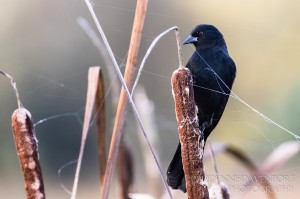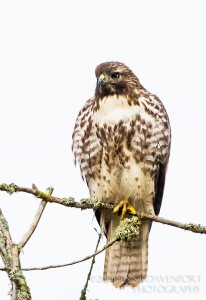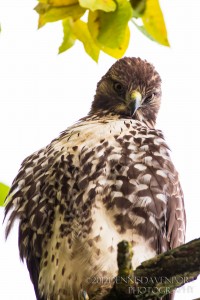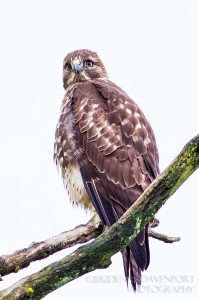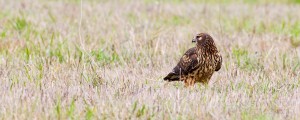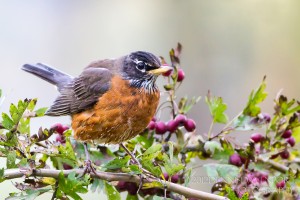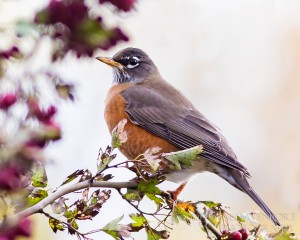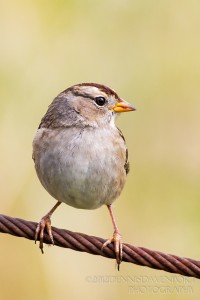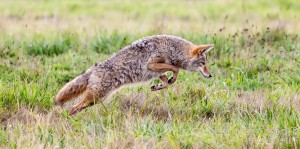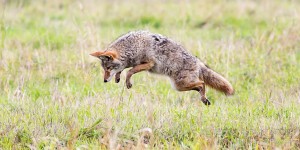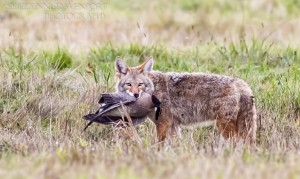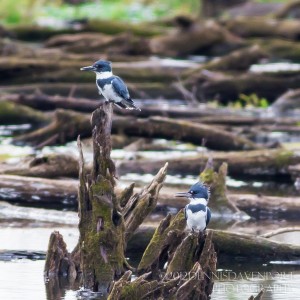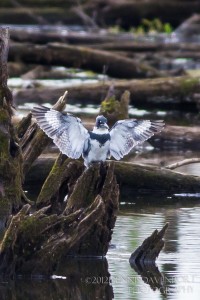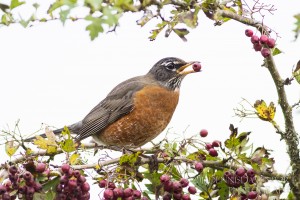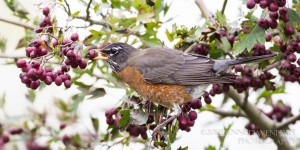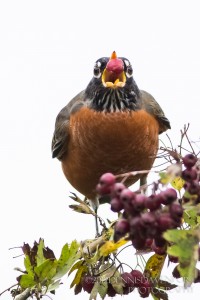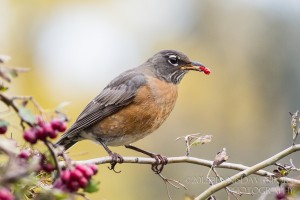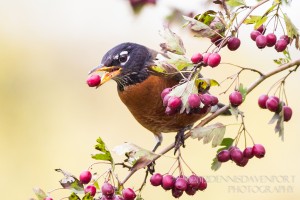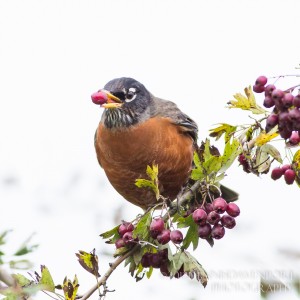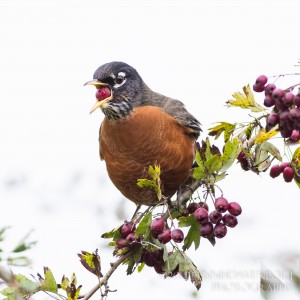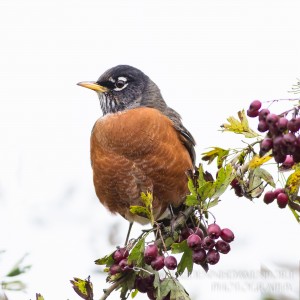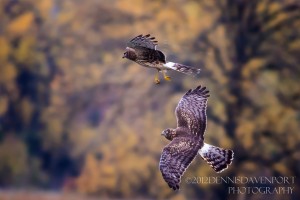Hi all! I’m excited to be back with another installment of my photo shoots at Ridgefield NWR. Today (11/2) was my first opportunity to get out and shoot with my new Canon 5D Mark III body. It’s amazing how much this camera feels like a 7D although it may be a little thicker from front to back. Many buttons on the back of the camera are in the same locations on both cameras. So I felt right at home with it.
After today’s shoot, I realized just how much better the Mark III’s AF works. Most in focus shots are just sharper than most shots with the 7D and once I figured out what AF setting NOT to use for birds in flight (BIF), the camera locked onto BIF’s very consistently.
Today’s weather wasn’t as bright as I had hoped it would be but at least it didn’t rain until I got in about 6 hours of shooting. So, like the week prior with the 5D Mark II camera I borrowed, today’s shoot tested the higher ISO range of the Mark III that I could expect a usable image from. I will list the ISO setting used with each image so you can get a sense of the camera performance at different settings.
[Please click on images to see a larger, more detailed view].
First off, a Red-winged Blackbird poses for me near a cattail. ISO1600 (8:29)
Here, the same bird as above, for some reason, rearranges the spider web that hangs from a cattail–and about every other object on the refuge, including my truck mirrors and windows. Small spiders usually accompany the webs. ISO1600 (8:29)
A Red-tailed Hawk relaxing on one foot. ISO1600 (8:50)
And another Red-tailed Hawk perched about 15 feet almost directly above me near the three-tree area. ISO1600 (9:04)
An American Robin. ISO1600 (9:20)
Near the three-tree area a Red-tailed Hawk scopes out the area for potential prey. ISO1250 (9:54)
A Northern Harrier hen on the ground. ISO2000 (10:01)
A couple of times during the day, I hung out near a small tree covered in berries where a bunch (technical term!) of robins were feasting. These next two shots were from my first visit there. Both shots at ISO2000 (11:05)
(11:07)
Here’s a Song Sparrow on a post near marker #11. ISO800 (11:35)
A few minutes later this juvenile White-crowned Sparrow lights on the wire that connects the wooden posts. ISO800 on both shots and fill flash on the top shot.
(11:39)
(11:39)
Here’s a 23-second video of this little bird. Best viewed full screen after changing the settings to 1080p HD resolution.
Near marker #12, I spot several coyotes way out in the field to my right. The closest one was actively hunting. I watched the coyote make a couple of pounces from over 200 feet away. While these shots aren’t tack sharp and they are heavily cropped, I was still impressed by the Mark III’s ability to focus on this animal so far away. I don’t think I would have gotten these shots with the 7D. All coyote shots were taken at 1/1250 shutter speed.
ISO1250 (12:10 p.m.)
ISO2000 (12:12)
ISO2000 (12:12)
The coyote came up with a Cackling Goose on that last pounce. The last two images are two frames of the same pounce. Notice how its mouth opened up in mid-air on that last pounce. ISO2000 (12:15)
Another juvenile White-crowned Sparrow in the stickers. ISO2000 (12:28)
Near marker #2, in Long Lake on the left, I spot two male Belted Kingfishers making a lot of racket and commotion way out on the crags. I normally wouldn’t have attempted this shot due to the distance but the fact that there were two birds was a rarity for me. So the quality of these two shots suffers but the subjects are awesome! ISO2000 (12:39)
(12:39)
I returned to the berry tree to grab some more shots of the feeding Robins.
ISO 2000 (12:45)
ISO2000 (12:46)
ISO2500 (12:48)
ISO1600 (12:51)
ISO1600 (12:51)
ISO1600 (12:51)
ISO1600 (12:54)
ISO1600 (12:55)
These next three images are a series showing the berry swallow. ISO1600 (12:56)
ISO1600 (12:56)
ISO1600 (12:56)
Here’s where I found out that my initial “birds in flight” (BIF) settings on the Mark III were not where I wanted them and it cost me. I was parked just past the three trees when these two Northern Harriers decided to perform a ritual in the air right in front of me. I track the birds with the camera as they come together and fly straight upwards while I am hitting the burst button. Out of about a dozen frames, only two were recognizable as birds. All the others were complete blurs. I felt like I did a decent job tracking the action and I expected more frames in focus. For this shot, I had my Mark III’s AF setting to Case 6. I immediately changed the AF to Case #1 and have found the keeper rate rise markedly.
Regardless, I’m thankful I got a couple of frames in focus of the two Harriers and here is one of them. The white streaks behind the top bird are those floating spider webs that I mentioned earlier. ISO3200 (1:43)
Here’s another ISO3200 shot of a Harrier in flight. (1:56)
And, to round out this day of shooting, a Red-tailed Hawk shot at ISO3200. (2:06)
 All in all, I’m very pleased with the acquisition of the 5D Mark III for bird photography. Even though the weather today was not optimal for bird photography, I was quite happy with the camera’s performance. I also took the camera out on Nov. 7 after making a few tweaks to the AF settings based on the opinions of some other bird photographers I found online. I was blown away by the number (and percentage) of in-flight keepers I was able to get using this camera. I’m looking forward to sharing some of these with you on the next entry of The Blog.
All in all, I’m very pleased with the acquisition of the 5D Mark III for bird photography. Even though the weather today was not optimal for bird photography, I was quite happy with the camera’s performance. I also took the camera out on Nov. 7 after making a few tweaks to the AF settings based on the opinions of some other bird photographers I found online. I was blown away by the number (and percentage) of in-flight keepers I was able to get using this camera. I’m looking forward to sharing some of these with you on the next entry of The Blog.

